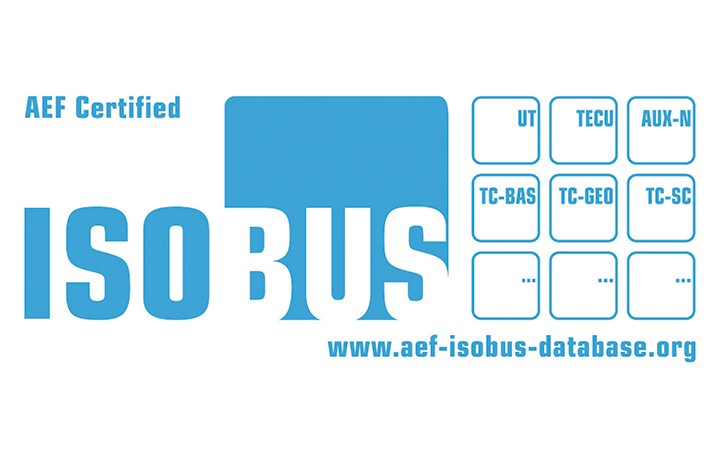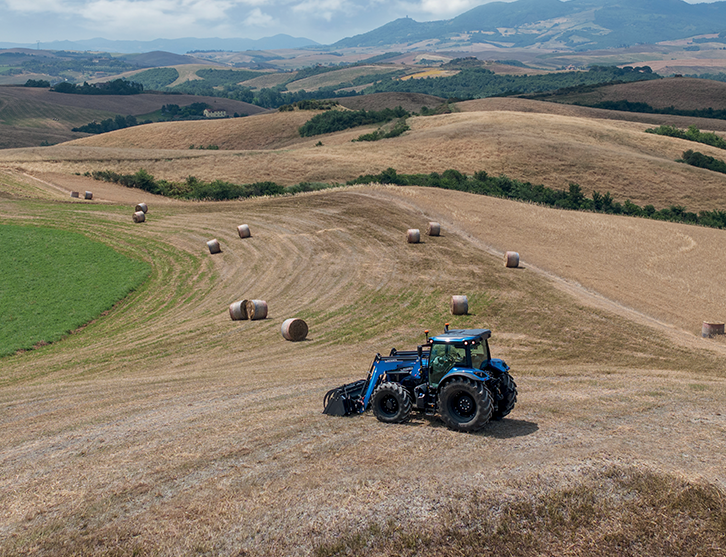ISOBUS
ISOBUS & ISOBUS GREEN, FOR EASIER AND MORE EFFICIENT WORK
The ISOBUS system is the standard protocol that allows the on-board computer to communicate with the tractor and implements.
Thanks to the automatic control of ISOBUS implements using prescription maps generated by Landini Farm, it’s possible to apply treatments with variable rates.
ISOBUS implements, easily and precisely controlled by the 12″ DSM touch screen monitor, provide more operational efficiency and higher productivity.
Landini is the promoter of the innovative ISOBUS Green project, capable of applying ISOBUS to all the mechanical implements already in use on the farm and not equipped with a native ISObus system. A solution capable of maximising the output of each implement.

All implement operations are handled precisely and efficiently, even automatically.
- Difficult manoeuvres are simplified, reducing operator fatigue.
- The reports and settings are simple and can be configured independently, without the need for a specialised technician.
- Field data mapping
- Using implements of different brands
ISOBUS technologies play a key role in the field of precision farming. These include the Universal terminal (UT) and the Task Controller Base (TC-BAS). The Universal Terminal ISOBUS is a centralised interface that has revolutionised the management of farm machinery. This versatile device allows the operator to control a wide range of implements, from balers to sprayers, all through a single screen.

Thanks to the integrated TC-BAS module, it can acquire operational data and optimise efficiency by smoothly switching between different applications, improving the overview and increasing situational awareness during field operations.
On the other hand, the ISOBUS Task Controller, in its TC-GEO and TC-SC variants, exploits GPS technology to increase the precision of farming operations:
- Automated management of seed drill sections
- Prevention of seed and fertiliser overlap
- Variable rate application via prescription maps
- Detailed documentation of activities performed, with mapping and time recording
The adoption of these technological tools allows farmers to maximise productivity while minimising environmental impact and resource use.
In essence, they represent a decisive step towards smarter, more sustainable farming.
